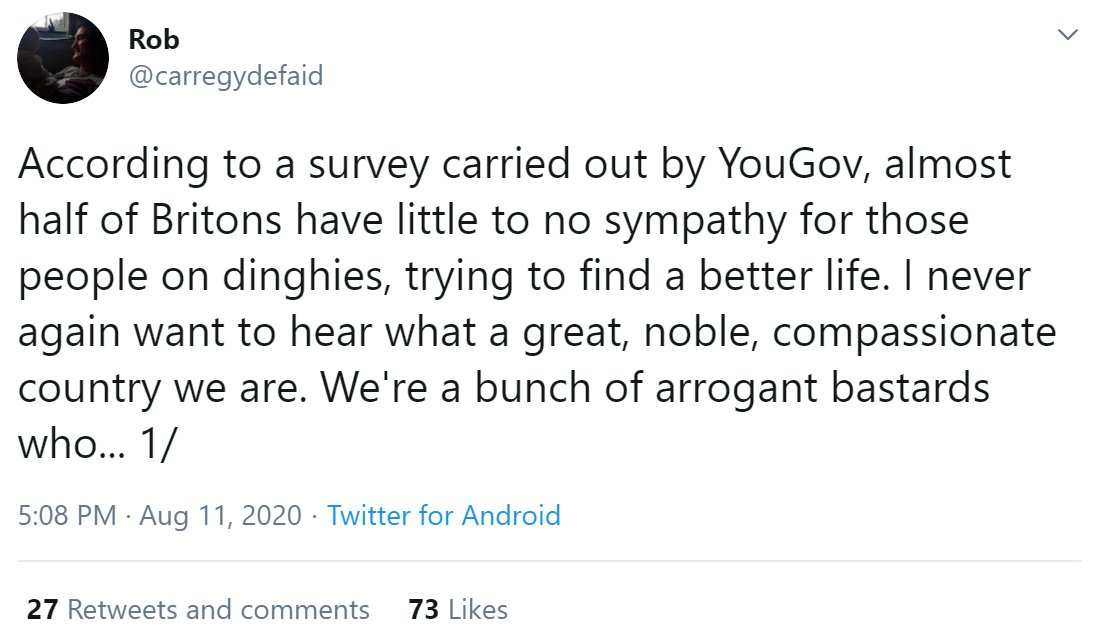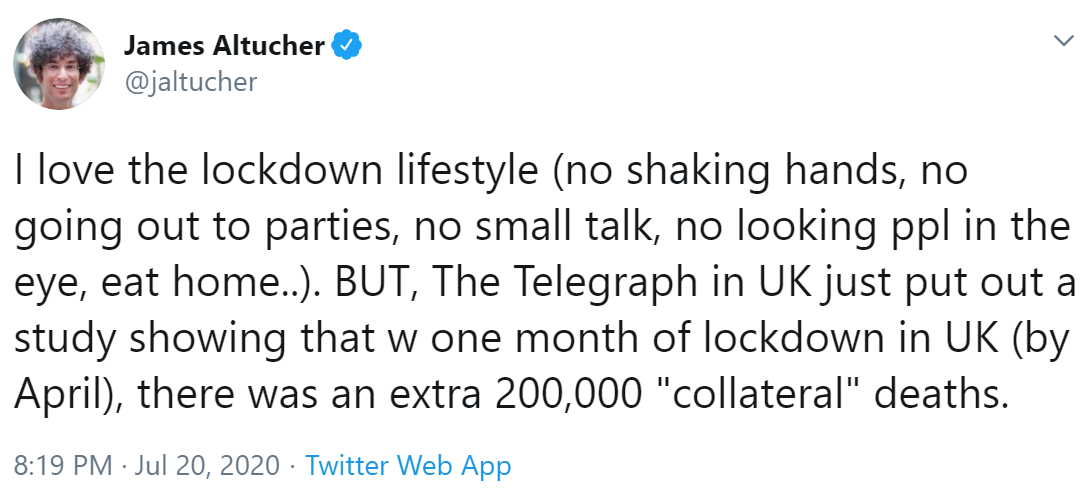
SEMrush, the SEO tool, has filed to go public. Here's the S-1: sec.gov/Archives/edgar…
They spent $54 million on marketing last year, for revenue of $125 million.
(gross profit $95m, net loss $7m)
They spent $54 million on marketing last year, for revenue of $125 million.
(gross profit $95m, net loss $7m)

They state they have 67,000 customers. Divide $125 million profit by 67k and that would mean average $155 per customer per month spend.
(nb this ignores growth over the year, just total revenue divided by current customer numbers)
(nb this ignores growth over the year, just total revenue divided by current customer numbers)

Their timeline states they passed 50,000 customers in 2019, meaning roughly 10-15k customers added across 2020. 

From the cohort analysis here, it looks like 'pre-2015' customers are generating roughly $25m, 2016 roughly $12m, 2017 customers roughly $18m, 2018 customers roughly $25m, 2019 customers roughly $25m, and 2020 customers a bit lower at about $20m. 

More granular detail on the last 2 years:
ARR per paying customer:
Dec 2019 - $1,892
Dec 2020 - $2,123
# Paying Customers:
Dec 2019 - 54,000 ($102.6 million ARR)
Dec 2020 - 67,000 ($144.2 million ARR)
ARR per paying customer:
Dec 2019 - $1,892
Dec 2020 - $2,123
# Paying Customers:
Dec 2019 - 54,000 ($102.6 million ARR)
Dec 2020 - 67,000 ($144.2 million ARR)
Sales & marketing cost increased 31% last year, with an extra $5m in staff costs & $7.5m in additional online advertising costs. 

The marketing & sales team alone is 308 people (there are 980 staff in total, meaning almost 1/3 sales & marketing) 

• • •
Missing some Tweet in this thread? You can try to
force a refresh






















